Emys orbicularis
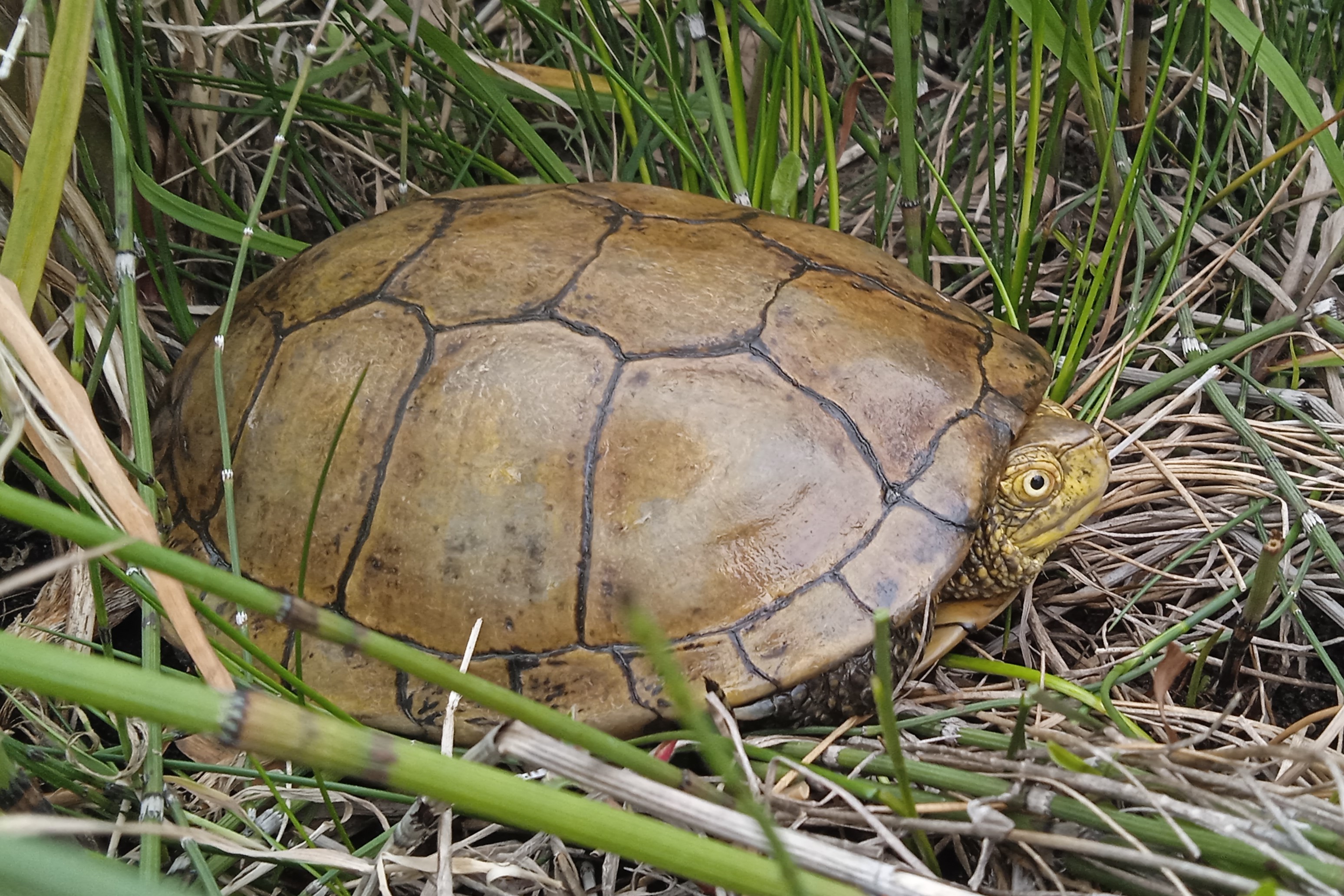

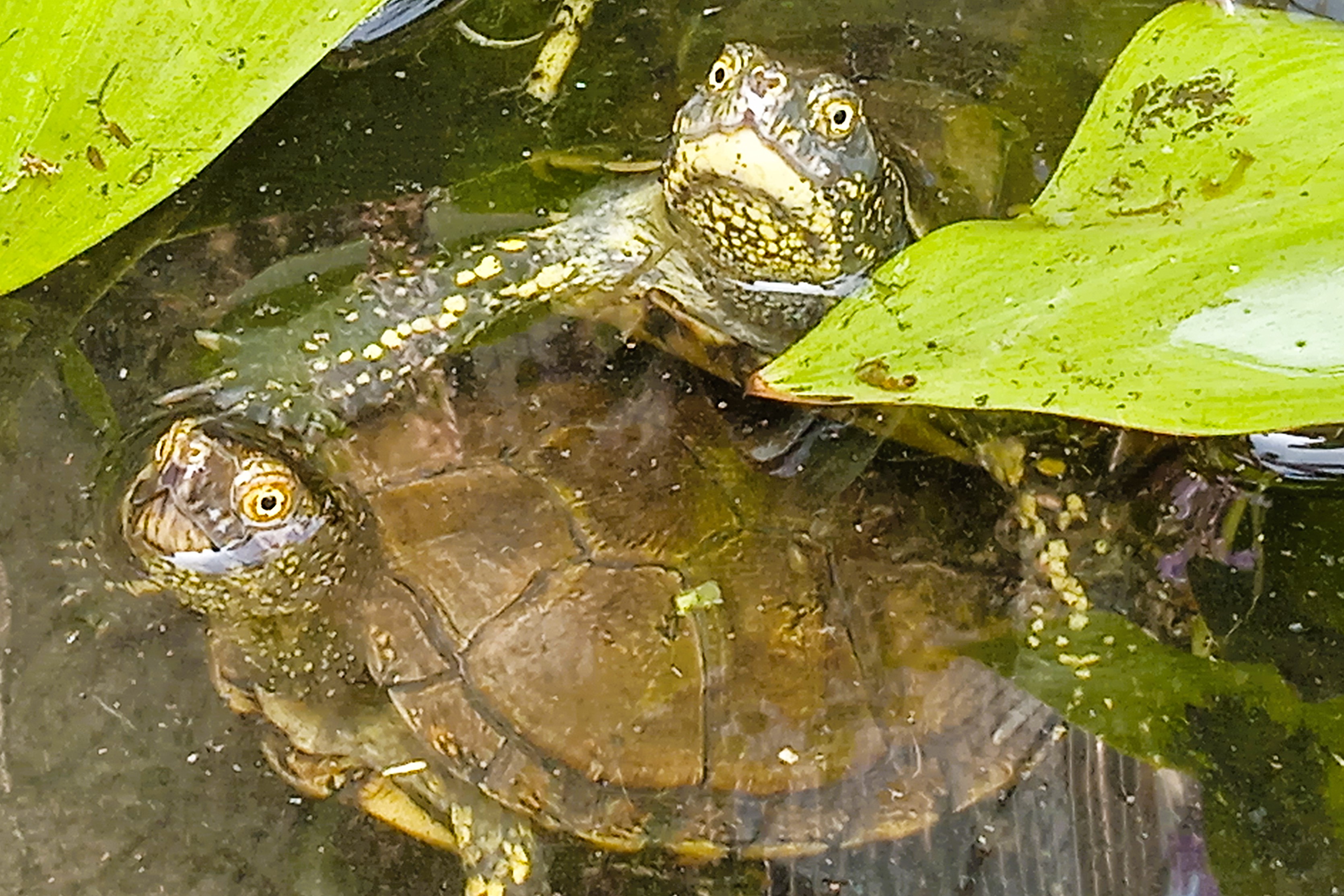
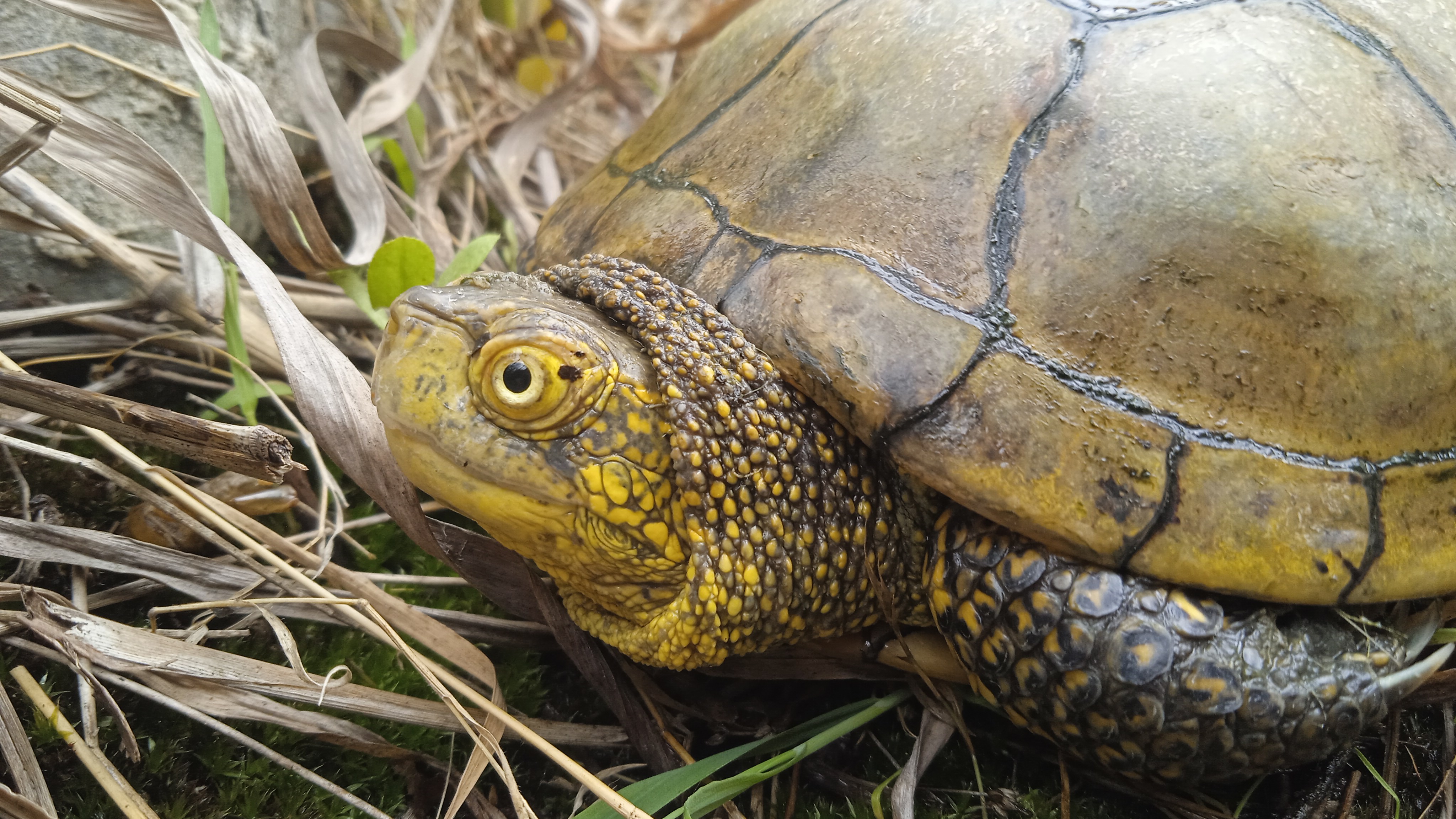
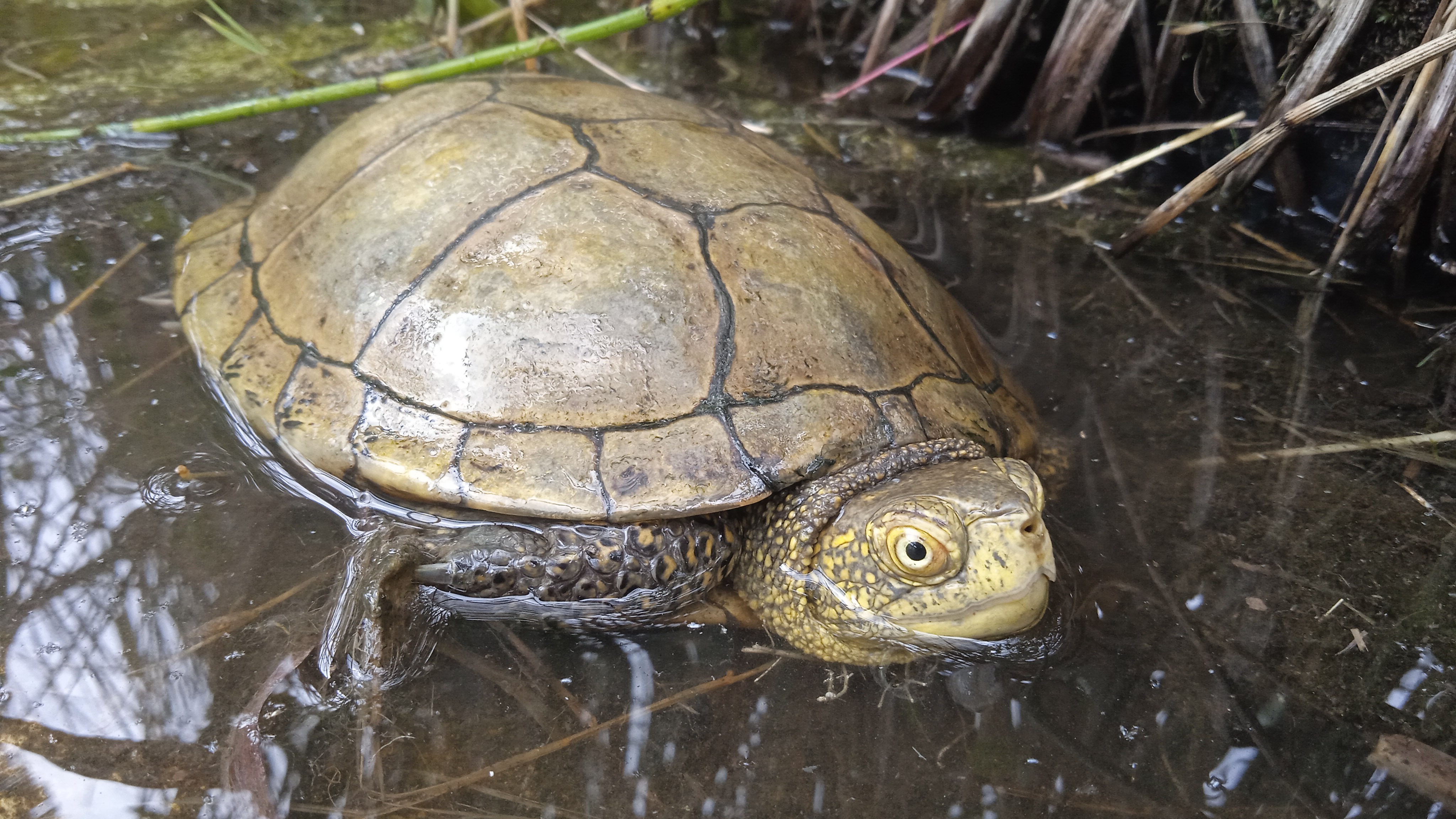
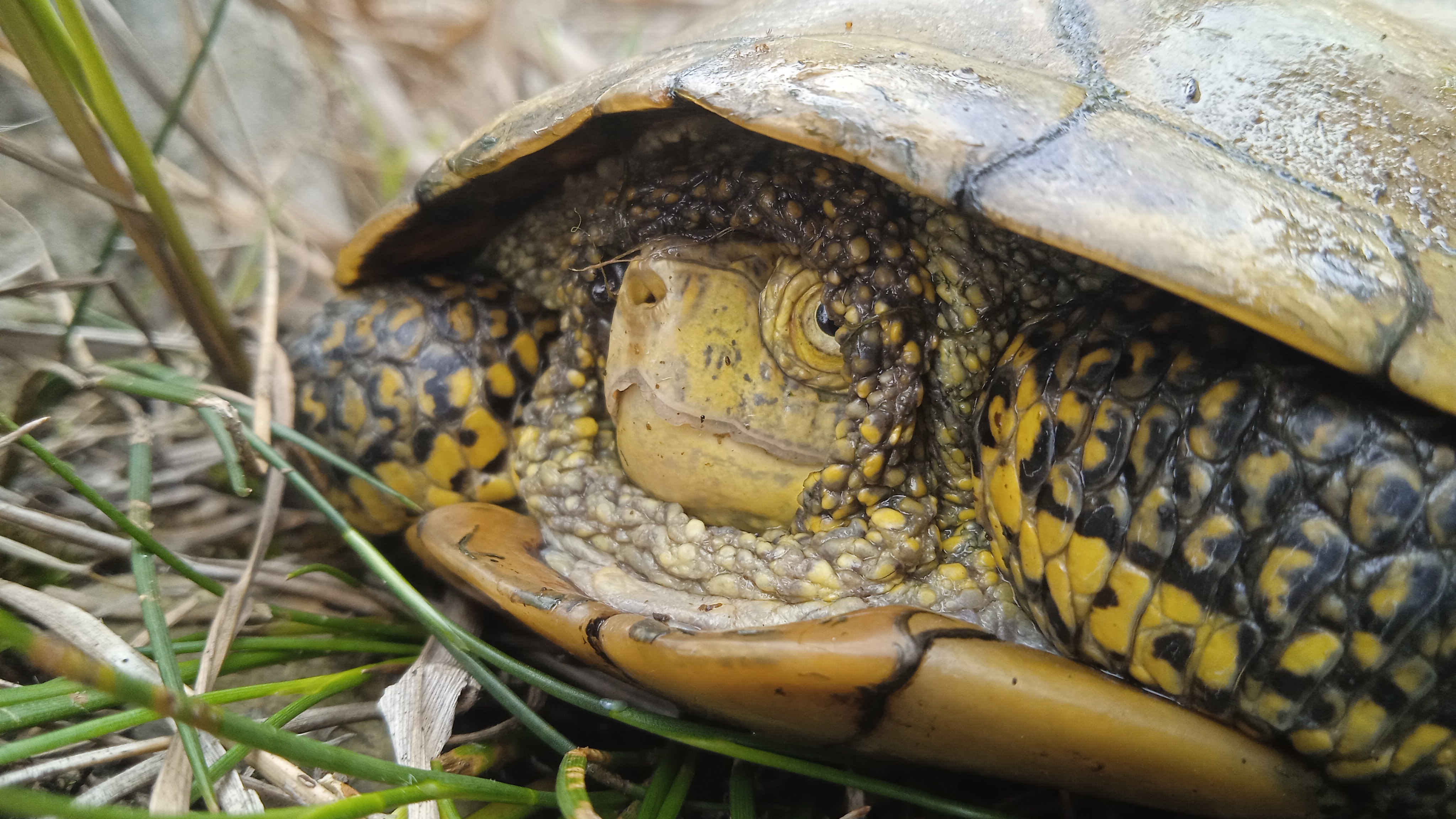
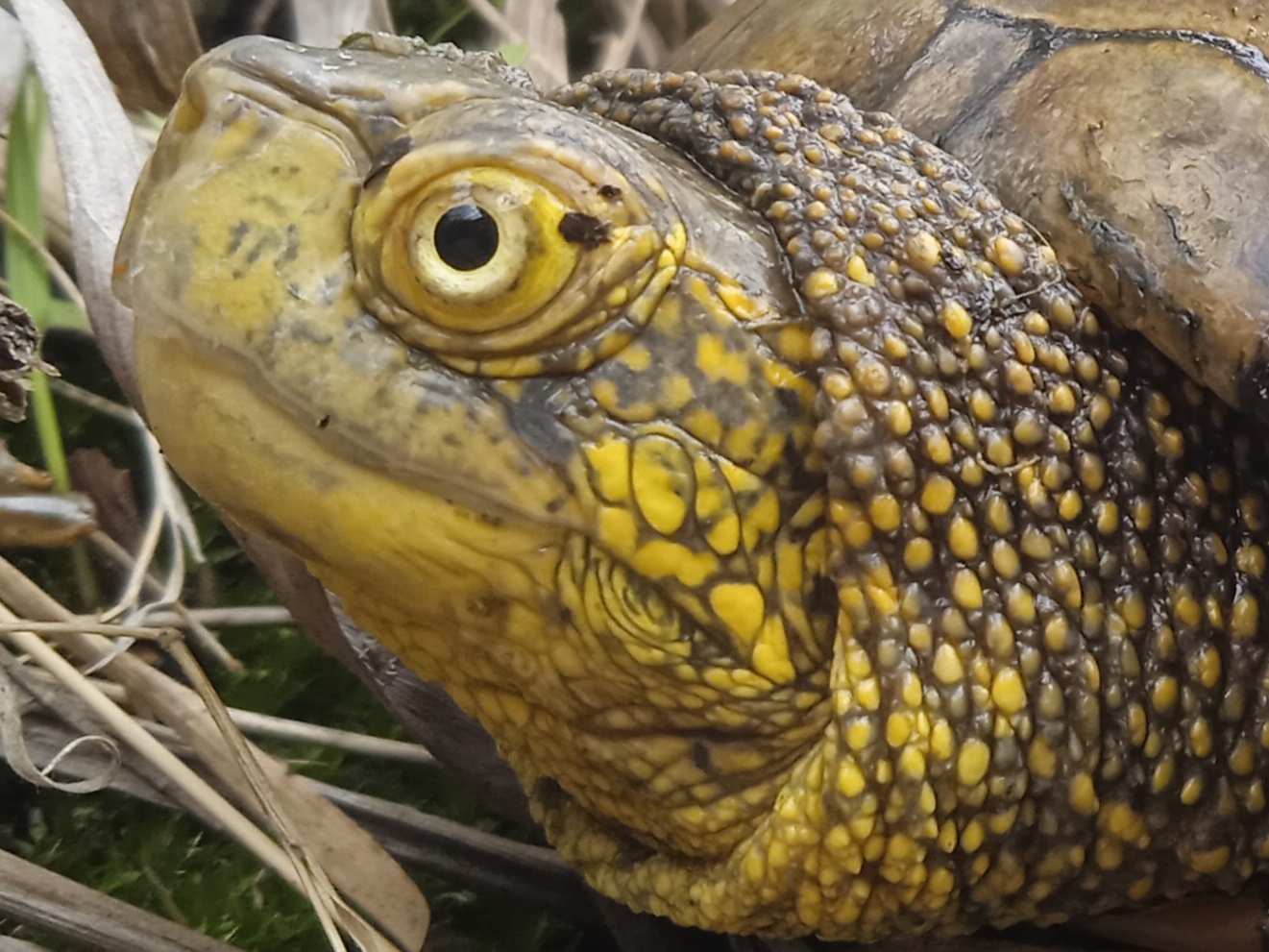

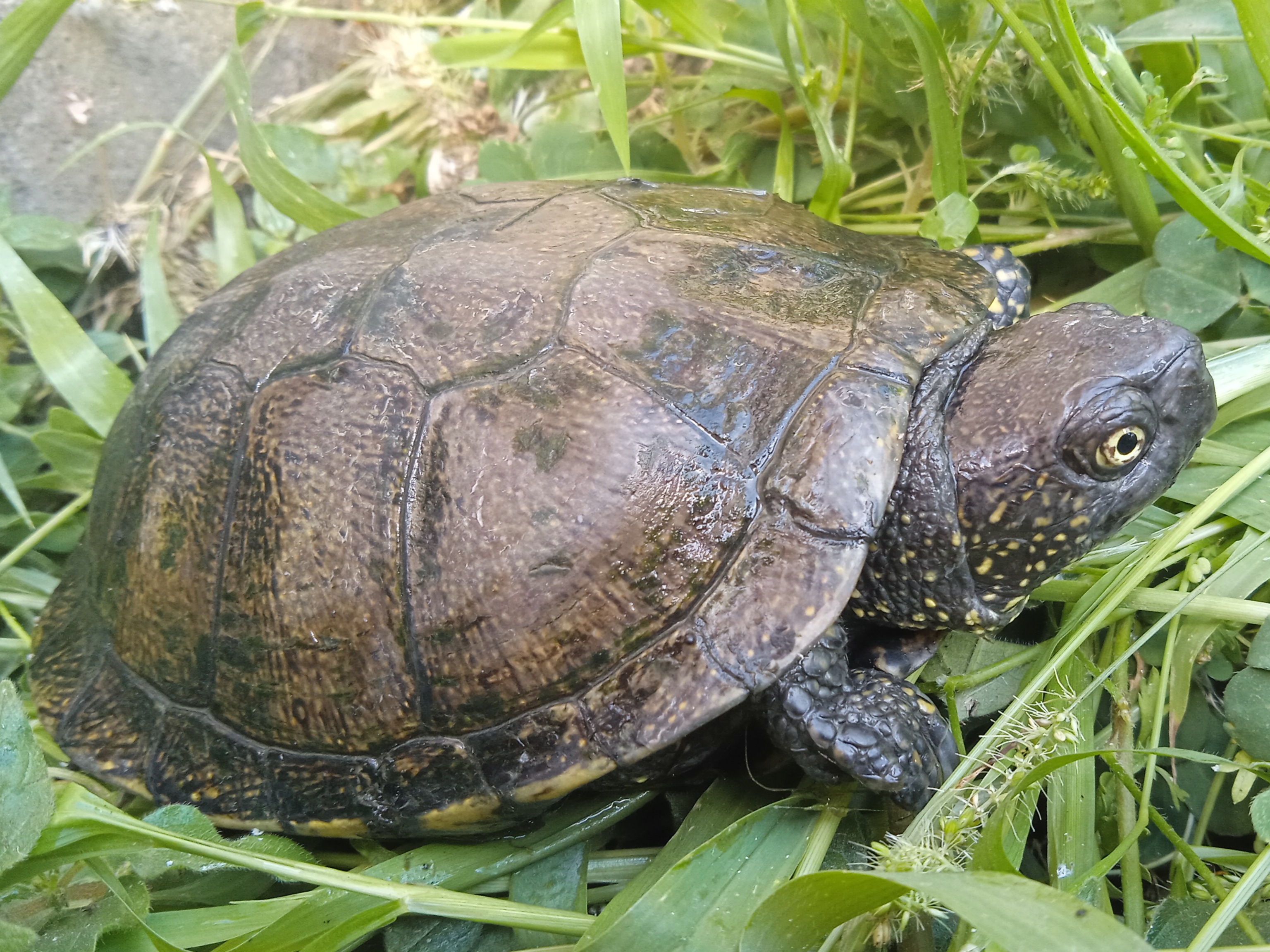
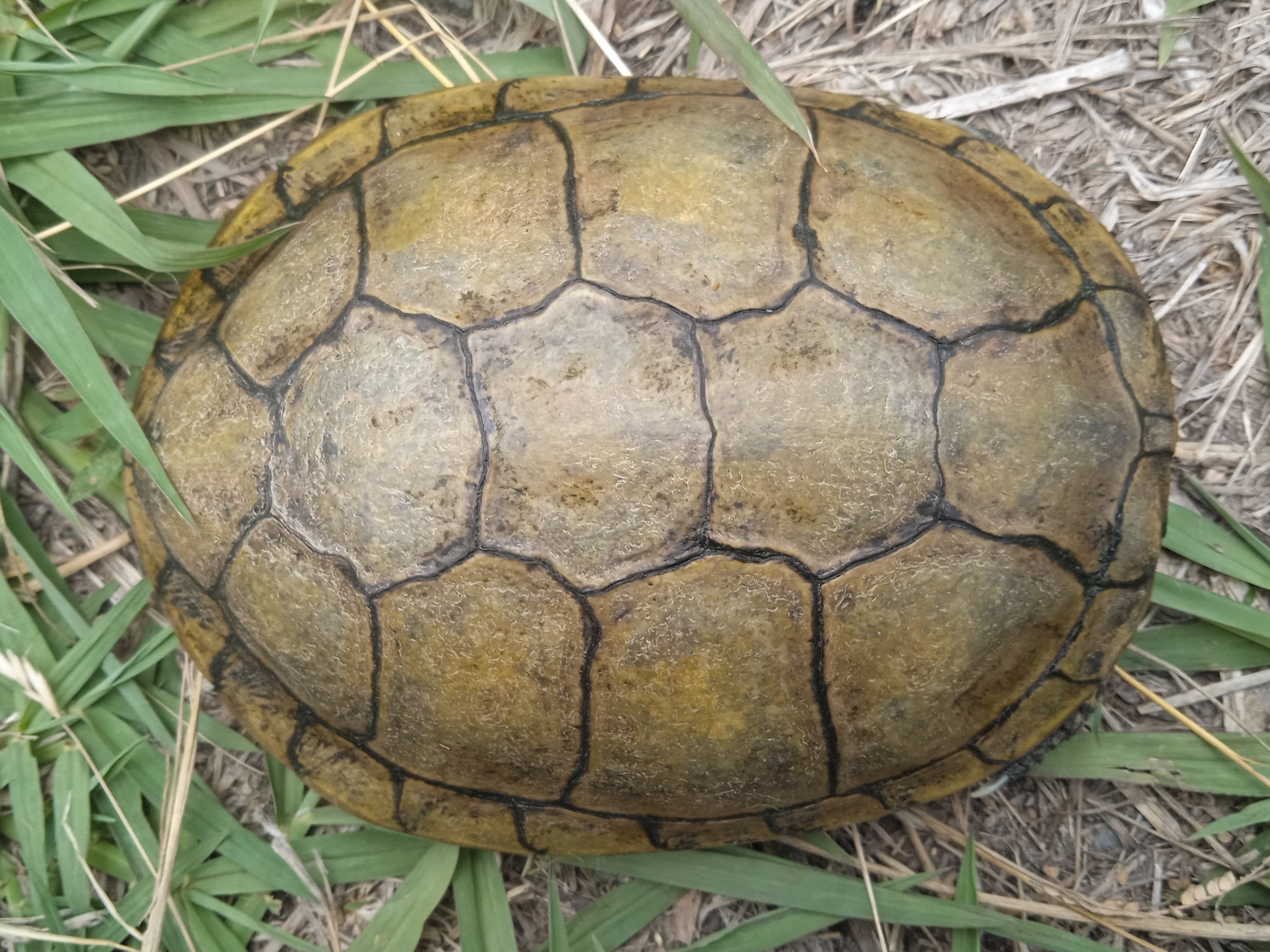
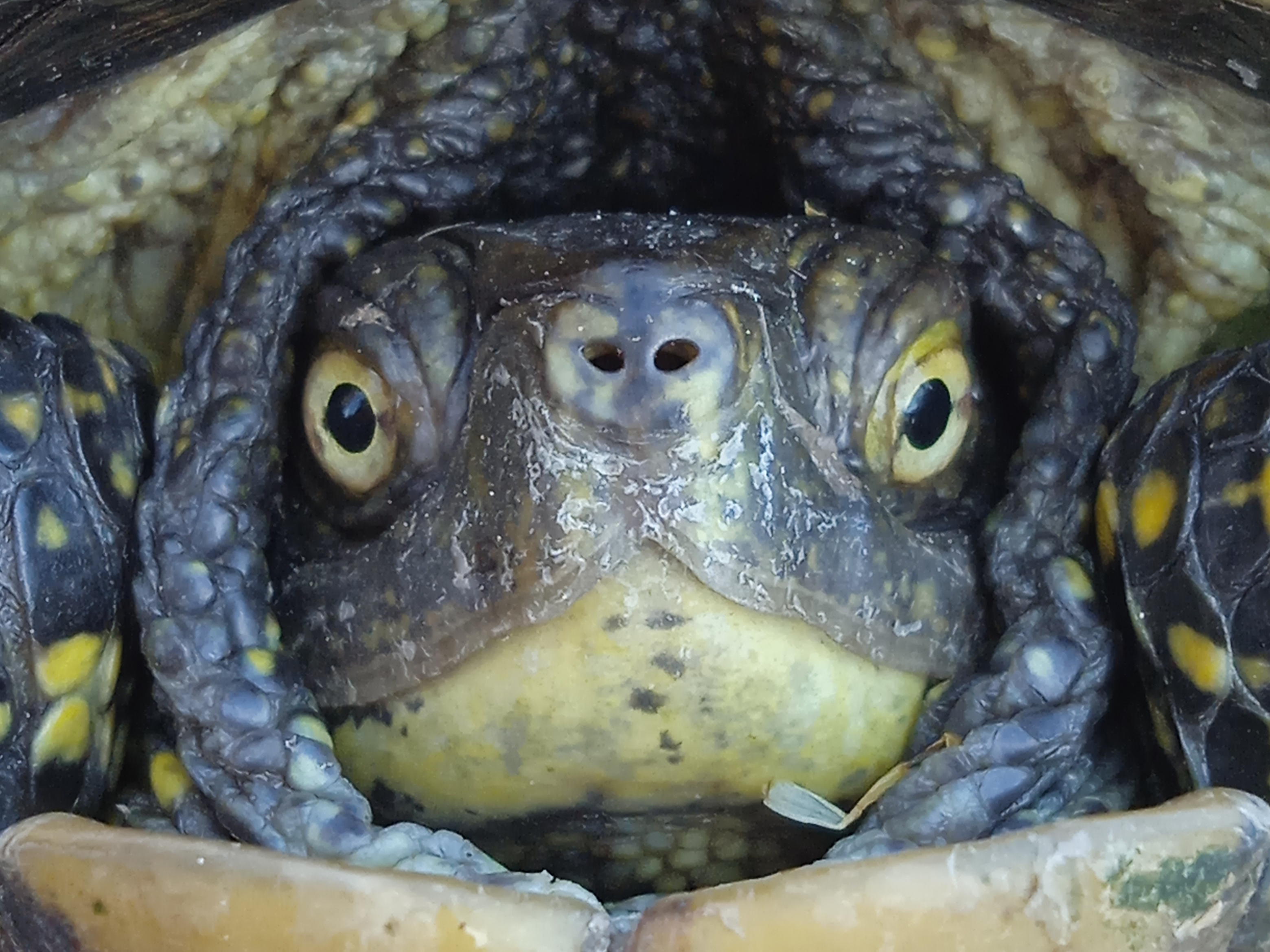
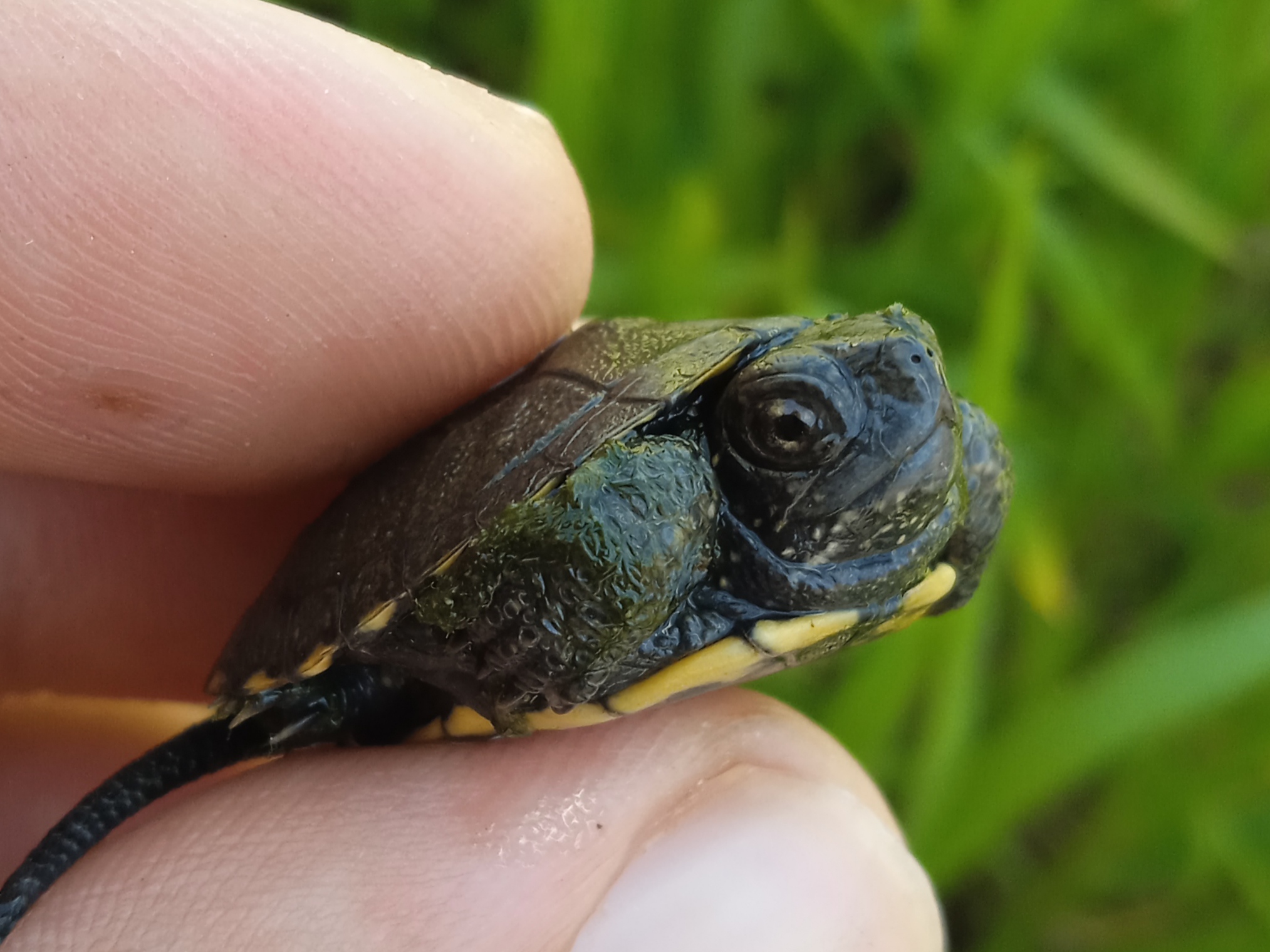
Reptilia → Testudines → Cryptodira → Testudinoidea → Emydidae → Emys → Emys orbicularis
Bissa scurzoa
The carapace of adults is sub-elliptical, while juveniles have a more circular one, colored brown with slight individual variations observable particularly in males (ranging from mahogany to dark brown). The largest specimens are females, which can reach up to 5.5 inches (14 cm) in length and 1.2 lbs (550 g) in weight; males do not exceed 4.9 inches (12.5 cm) and 12.3 oz (350 g).
In addition to size differences, Emys orbicularis shows characteristics that easily allow sex identification:
At birth, Emys orbicularis hatchlings, among the smallest of all chelonians, weigh about 0.1 oz (3 g). They have a dark plastron and a brown carapace that tends to lighten with age.
The European pond turtle is the only representative in Italy of the Emydidae family; its potential range covers most of Europe, North Africa, and Western Asia.
In Italy, it shows a fragmented distribution typical of a threatened species; currently, it is reasonably widespread only in the Po Valley and along the central Tyrrhenian coast.
In Liguria, specifically the Albenga area, until the 1960s–70s, Emys orbicularis had numerous populations. However, wetland reclamation, modifications of riverbeds, widespread use of pesticides and herbicides, and collection in the wild by humans have caused a progressive decline of the species, so much so that Andreotti (1994) concluded: "the research carried out for the Atlas seems to show that the pond turtle is virtually extinct in Liguria, although isolated individuals may still be found at the mouth of the Centa River".
A chance finding of an adult female in 1995 started a research and conservation project which, thanks to the collaboration of various institutions, led to the identification of some sites with small residual populations in the province of Savona and western Liguria. The species is found from just above sea level up to about 330 feet (100 m) in altitude.
The peculiar phenotypic characteristics of these rare specimens led to the description of the subspecies Emys orbicularis ingauna (Jesu, 2004).
During the spring and autumn months, Emys orbicularis prefers shallow ponds (even temporary ones), where the water easily warms up and the environment is rich in submerged and riparian vegetation (Typha angustifolia, Typha latifolia, Phragmites australis). In the dry summer period, it moves to areas with permanent water, but must compete for food with fish, mainly cyprinids (chub, rudd, carp).
In the Albenga area, these areas once covered a significant part of the territory; today, very few remain, mostly secondary environments created from abandoned clay pits, artificial barriers, or slow-flowing streams in semi-natural conditions, in which the turtles have found refuge.
It’s worth noting that Emys orbicularis is absent from areas frequented by Anatidae (ducks) and Laridae (gulls), probably due to disturbance or predation by these birds, especially toward hatchlings and juveniles.
The activity period in Liguria starts in March and ends in October, when winter dormancy begins, spent on the muddy bottom of ponds or near the water surface on submerged stems.
During the breeding season (from April to June), males mate with several females, which have the extraordinary ability to keep sperm viable in the cloaca for up to 4–5 years.
Egg-laying takes place between June and July; the female leaves the water to find the best place to lay 3 to 10 elongated eggs (0.8 × 1.2 in / 20 × 30 mm) with a white calcareous shell, digging a hole up to 6 inches (15 cm) deep and moistening the soil with water released from special cloacal sacs.
Egg hatching generally occurs after 80–90 days; in Liguria, young usually emerge around late September, but sometimes they may remain in the nest until the following spring if hatching is delayed.
In the wild, these chelonians are extremely shy and elusive, making direct observation difficult; thus, the use of binoculars is recommended.
Emys orbicularis is a generalist carnivorous predator that feeds mainly on aquatic macroinvertebrates (Trichoptera, Odonata, Ostracoda larvae), but may also include weakened or already dead fish and amphibians in its diet.
Fecal analyses have shown a progressive increase in plant matter consumption with age, indicating a partial shift from a carnivorous diet in the juvenile stages to a more omnivorous diet in adults.
The main threats to Emys orbicularis in the wild come from predation of eggs and juveniles; predators include numerous mammals (foxes, badgers, rats) and birds (crows, jays, gulls).
Adults are generally immune to predation thanks to their bony shell, elusive behavior, and quick retreat into water. However, there is a report of an adult male found mutilated, probably by a wild boar.
In Emys orbicularis , as in almost all chelonians, the average incubation temperature of the eggs determines the sex of the offspring: at temperatures less than or equal to 82.4 °F (28 °C) males predominate, while higher temperatures favor the birth of females.